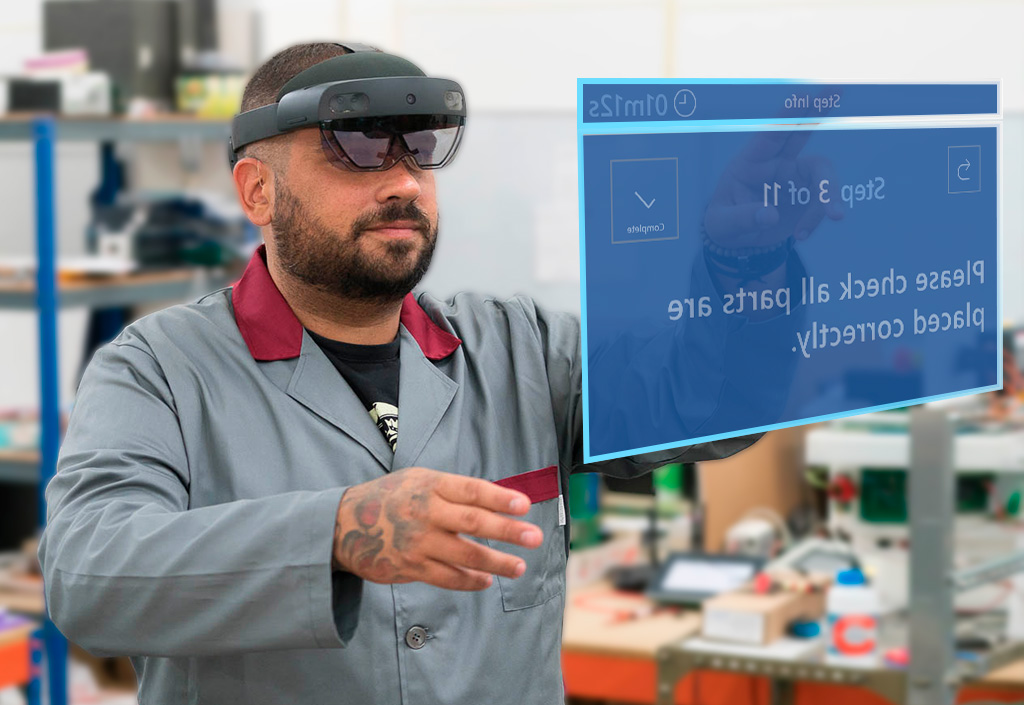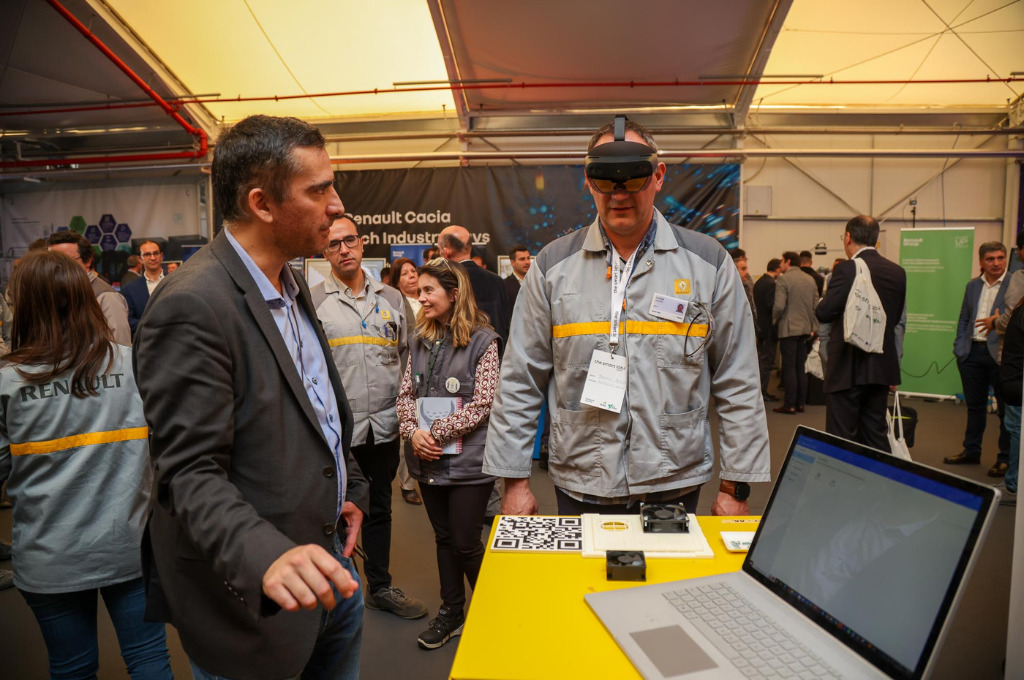
In the beginning of April, KIT-AR was present at the launch of The Smart-Lab Aveiro, a new testbed co-promoted by Renault , Brisa and Via Verde.
This will be a hub for innovation and development of cutting-edge smart solutions in Industry 4.0 and mobility, while also accelerating the development and deployment of new technologies and services that will shape the future of the industry.
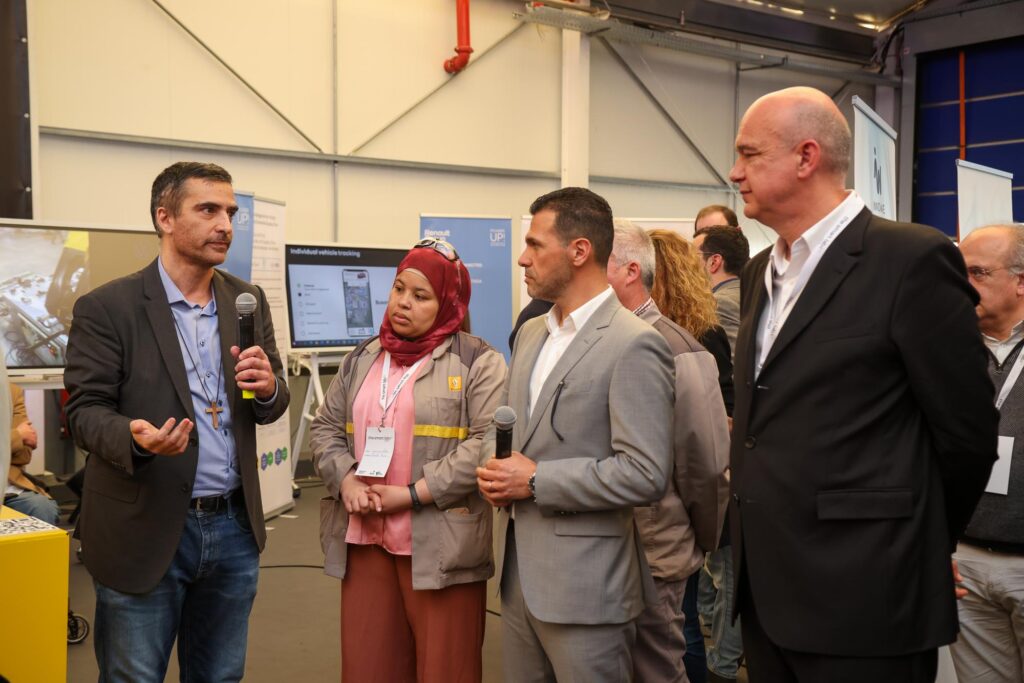
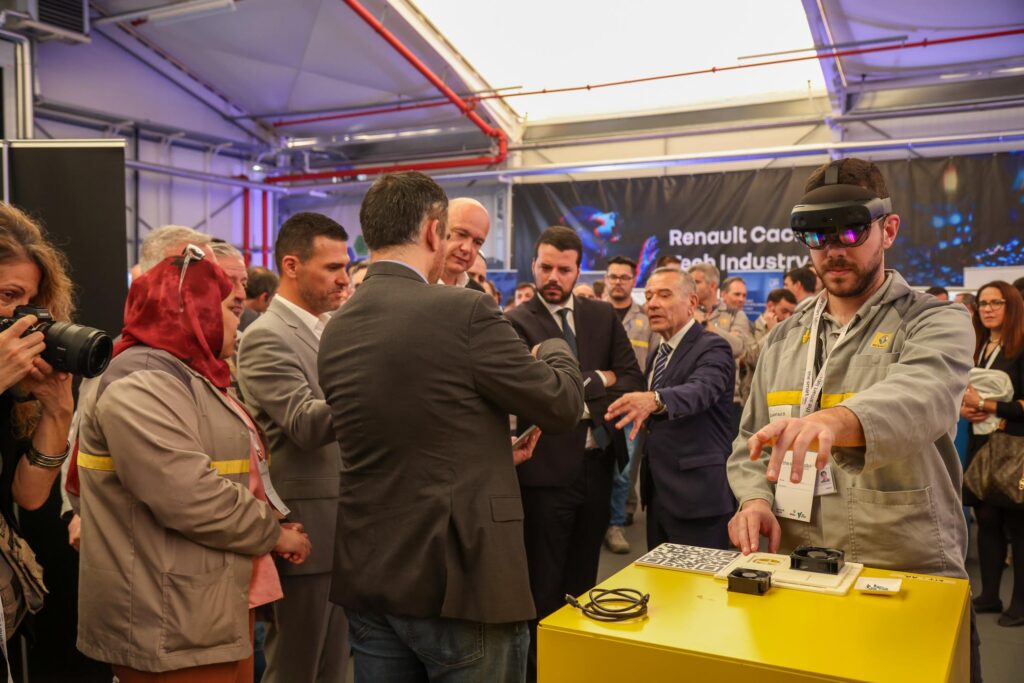
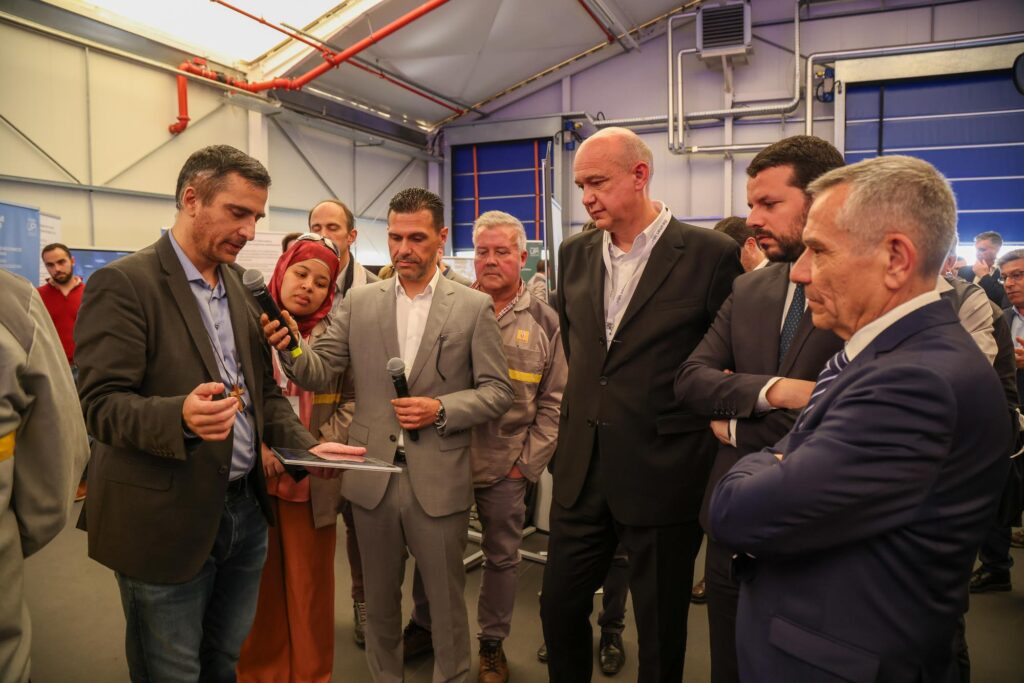
We’re looking forward to leveraging the testbed unique conditions on or journey to digitally enhance manufacturing shopfloor workers!
While you’re at it, take a look at our News page for more insights on KIT-AR!


